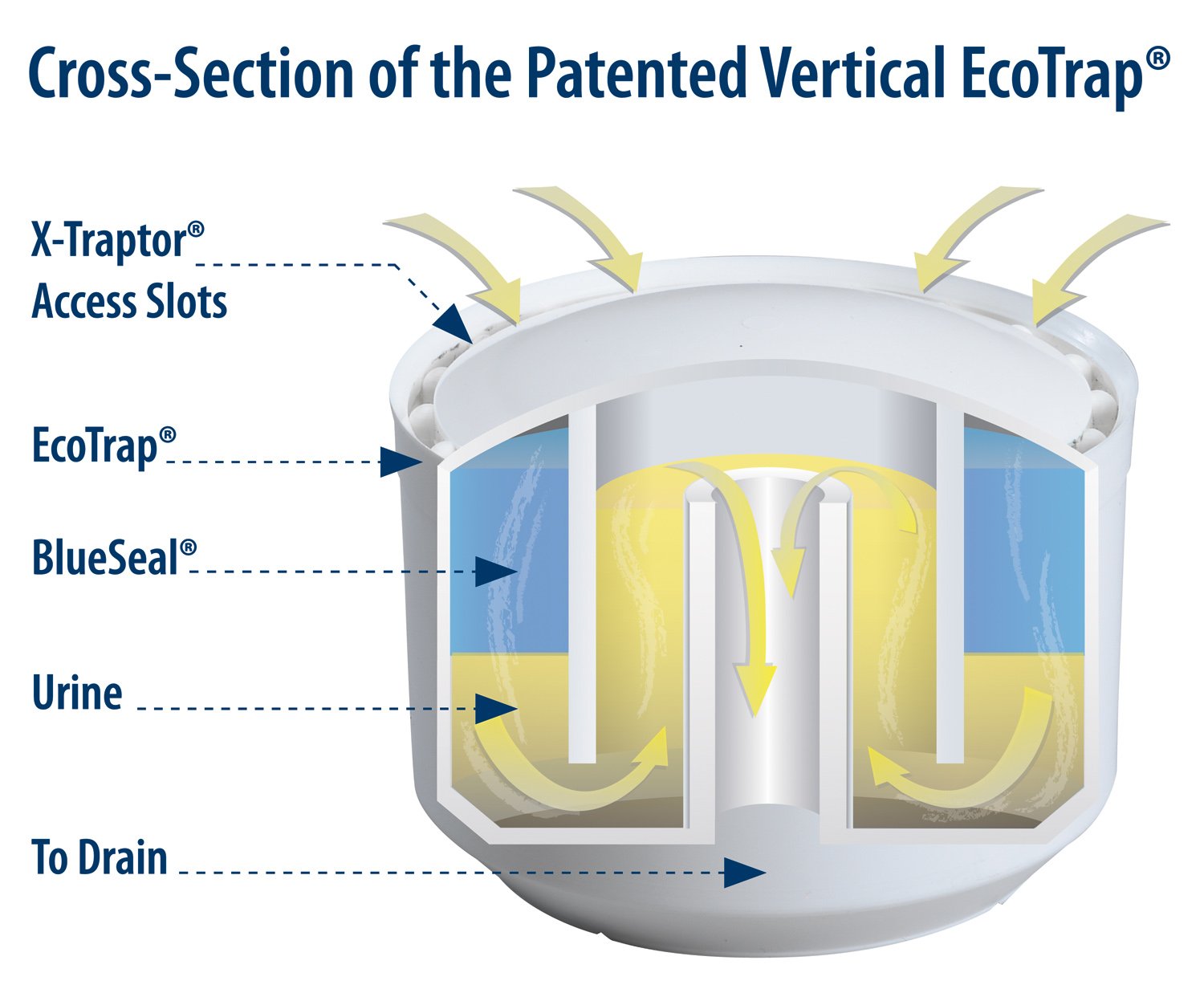Traditionally, people of wealth use more water than low-income individuals. The reasons are apparent.
Wealthy people, such as those living in wealthy enclaves in California and other areas of the country, typically own large homes with a lot of acreage, even in city areas. These homes typically also have lots of water-hungry landscaping, all of which suggests greater water consumption.
Further, these folks have access to expensive water "toys," such as multi-head shower heads and double showers allowing two people to shower simultaneously, oversized bathtubs, home spas with hot tubs, saunas, steam rooms, and more. Again, these all require water to enjoy - and lots of it.
However, a Stanford University research group found that in times of drought and when water curtailment measures are in place, it is the rich that see water bills go down, even when rates go up. On the other hand, it is lower-income households that see their water bills go up.
"A low-income household often has a different response to [water] curtailment measures and surcharges because of how much water they used before the drought," said Benjamin Rachunok, who conducted the work as a postdoctoral researcher at Stanford and is now an assistant professor at North Carolina State University.
"This can lead to different affordability outcomes for low- and-high-income people, even if the same processes and policies are applied to everyone."
According to lead researcher, Sarah Fletcher, lead researcher reported:
"The standard way of thinking about the connection between water scarcity and affordability has been to look at the cost of supplying water and how that cost is passed on to users.
But we must include people's behavioral responses to how the drought is unfolding and the restrictions that are put in place."
What Fletcher is saying is that when there is a water shortage, water providers often ask consumers to cut back on water consumption, and to help enforce this and make up for lost income, they often introduce water surcharges.
When this happens, high-income households have the flexibility to cut back on water use significantly, lowering their average water bill, even with the addition of a water surcharge.
On the other hand, low-income households have less flexibility in their water usage. Even if they can curtail their water use, the drop does not compensate for the additional surcharge charges. In other words, they pay more for water.
Commercial Water Consumption
If we look at water use in commercial facilities, we see again that those facilities with the resources can invest in additional steps to reduce water consumption. This has been going on for several years now.
For instance, for years, building owners in large parts of California and other western states have been installing natural landscaping that uses less water. They have also been installing highly efficient toilets and urinals, or taking this a big step further, installing waterless urinals that use no water at all.
Having the resources to take these measures and install these fixtures helps lower water consumption significantly in these facilities along with their water utility bills - even with additional surcharge added to the bill.
What is affordable Water?
Determining what percentage of an office building's budget applies to water can be challenging. There have always been several variables to consider and sometimes each tenant in the facility pays their own water utility bill.
Further, with so many office vacancies around the country at this time, water budget estimates that worked in the past likely do not work today.
However, for residential facilities, the story is different.
The authors of this study consider water to be affordable when it exceeds two to four percent of a household's income. The researchers go on to say that "while the cost of supplying water is the primary driver of water bills, even a small bill increase during droughts could make it difficult for some households to afford the water they need."
Hopefully, states will return to rebate and assistance programs that can help lower-income households install fixtures that use less or no water. Ultimately, it will be beneficial to these households and helpful for all of us as we struggle to always use water more efficiently and responsibly in times of drought and at all times.
Waterless Co., Inc. is a pioneer in water efficiency. We are the go-to company for reducing water consumption, understanding the many benefits of waterless urinals and finding ways to use Water more efficiently. For more information, contact a Waterless Co Specialist.
Source: Socio-hydrological drought impacts on urban water affordability, by Benjamin Rachunok and Sarah Fletcher, published online by Nature Water, January 19, 2023
PDF: Socio-hydrological drought impacts on urban water affordability.pdf




















